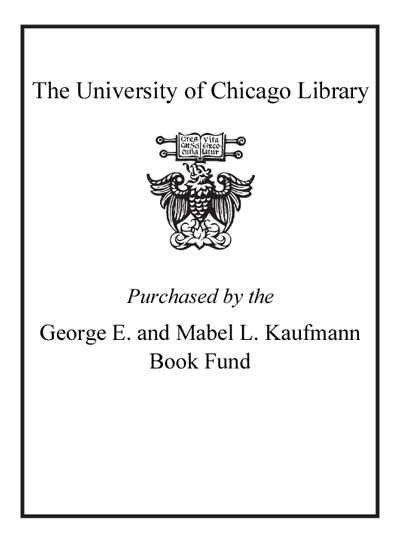| Summary: | "Tells the human history Quitobaquito, the second-largest oasis in the Sonoran Desert, which lies in the southwestern part of Organ Pipe Cactus National Monument, close to the US-Mexico border. Remnants of landscapes ancient and recent testify to Quitobaquito's once thriving communities, the expulsion of O'odham people, the erasure of their pasts, the remembering of their stories, and the role of the National Park Service in all of this"--
"In the southwestern corner of Organ Pipe Cactus National Monument, on the border between Arizona and Mexico, one finds Quitobaquito, the second-largest oasis in the Sonoran Desert. There, with some effort, one might also find remnants of once-thriving O'odham communities and their predecessors with roots reaching back at least 12,000 years-along with evidence of their expulsion, the erasure of their past, attempts to recover that history, and the role of the National Park Service (NPS) at every layer. The outlines of the lost landscapes of Quitobaquito-now further threatened by the looming border wall-reemerge in Peoples of a Sonoran Desert Oasis as Jared Orsi tells the story of the land, its inhabitants ancient and recent, and the efforts of the NPS to "reclaim" Quitobaquito's pristine natural form and to reverse the damage done to the O'odham community and culture, first by colonial incursions and then by proponents of "preservation." Quitobaquito is ecologically and culturally rich, and this book summons both the natural and human history of this unique place to describe how people have made use of the land for some five hundred generations, subject to the shifting forces of subsistence and commerce, tradition and progress, cultural and biological preservation. Throughout, Orsi details the processes by which the NPS obliterated those cultural landscapes and then subsequently, as America began to reckon with its colonial legacy, worked with O'odham peoples to restore their rightful heritage. Tracing the building and erasing of past landscapes to make some of them more visible in the present, Peoples of a Sonoran Desert Oasis reveals how colonial legacies became embedded in national parks-and points to the possibility that such legacies might be undone and those lost landscapes remade. "--
|
|---|

